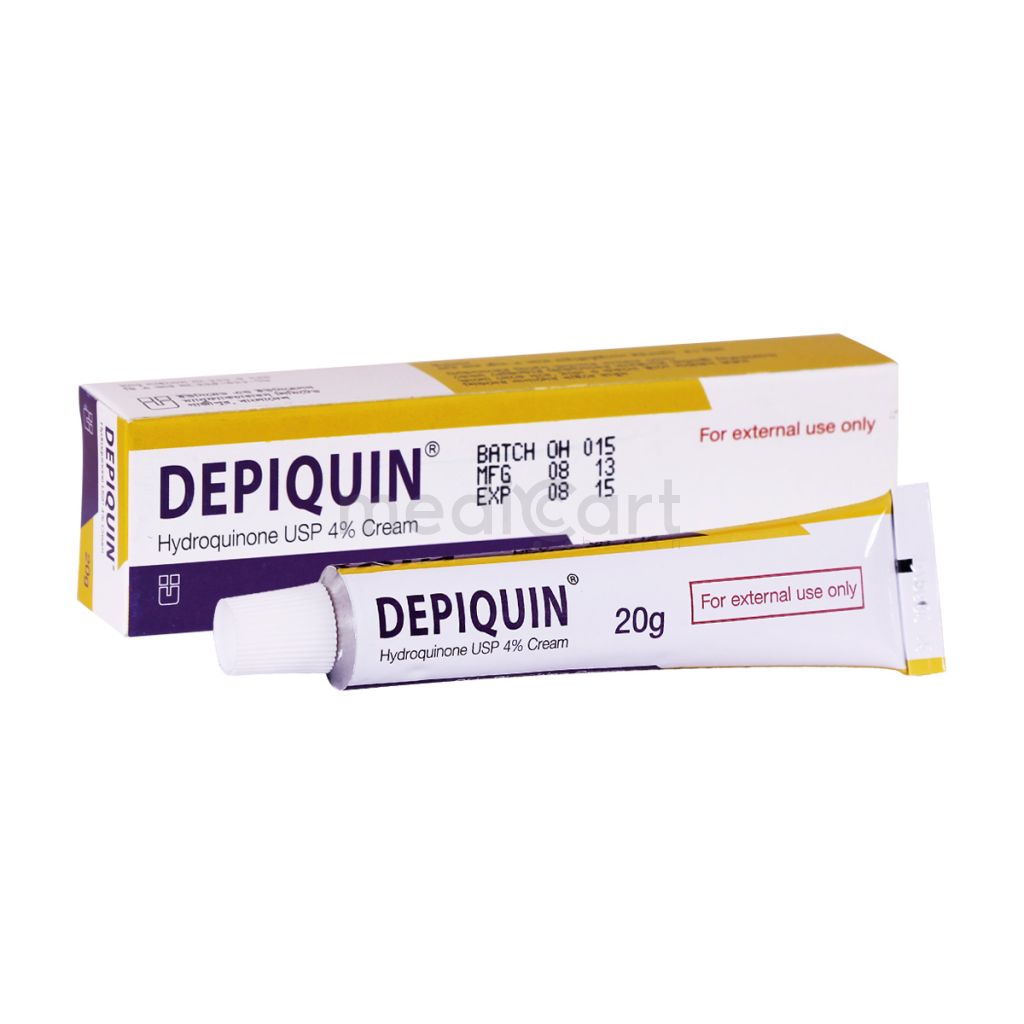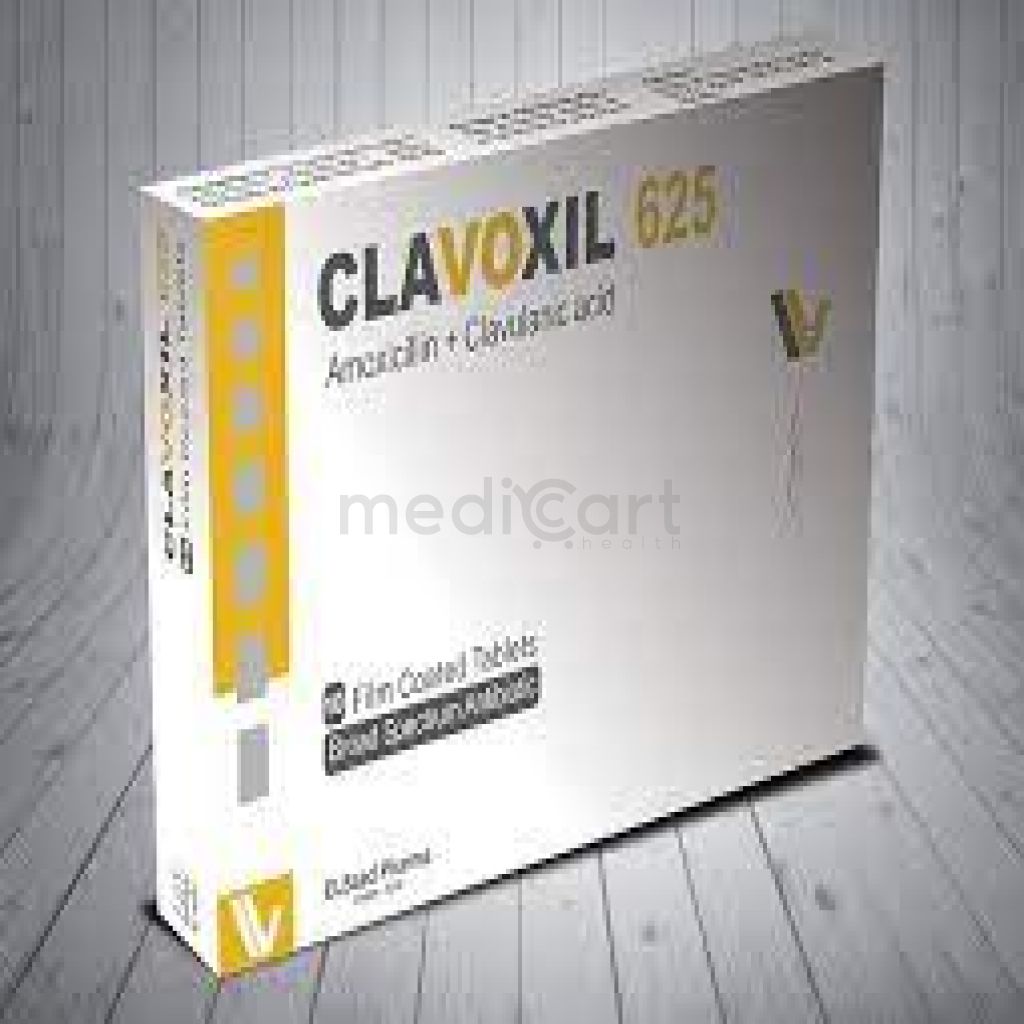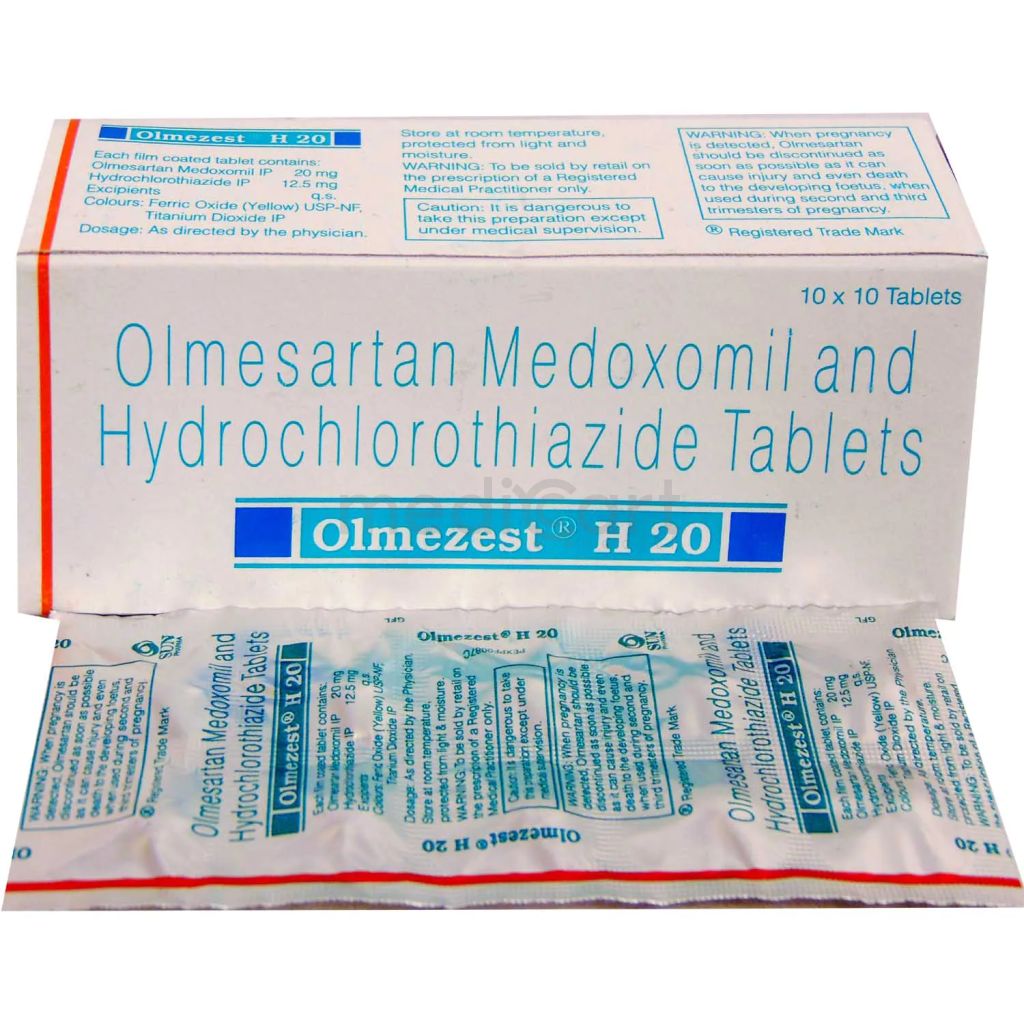

Depiquin 20gm
Cream
Pack Size :
1 tube x 1 packet
Generics :
Dioxybenzone 0.3% + Hydroquinone 0.4% + Octyldimet p-aminobenzoate 0.8% + Oxybenzone 0.2%
Manufacturer :
Unimed & Unihealth Manufacturers Ltd.
Best Price *
TK
200.00
* Delivery will be done in Dhaka city only.
Alternative Product
More Information About - Depiquin 20gm
Description
Generic Name
HydroquinonePrecaution
Hydroquinone is a skin bleaching agent which may produce unwanted cosmetic effects if not used as directed. The physician should be familiar with the contents of this insert before prescribing or dispensing this medication.Test for skin sensitivity before using by applying a small amount to an unbroken patch of skin to check in 24 hours. Minor redness is not a contraindication, but where there is itching or vesicle formation or excessive inflammatory response, further treatment is not advised. If no bleaching or lightening effect is noted after 2 months of treatment, the medication should be discontinued.Contact with the eyes and lips should be avoided. Hydroquinone should not be applied to cut or abraded skin. Lactation: unknown if distributed in breast milk; use cautionIndication
Chloasma, Melasma, Freckles, Senile lentigines, HyperpigmentationContra Indication
Hydroquinone is contraindicated to patients with prior history of hypersensitivity or allergic reaction to hydroquinone or other ingredients in the preparation.Dose
N/ASide Effect
Mild skin irritation and sensitization (burning, stinging, and allergic dermatitis) Dryness and fissuring of paranasal and infraorbital,Ochronosis Colloid milium (after chronic use of up to 8 years)Pregnancy Category
Name : C
Description
Animal reproduction studies have shown an adverse effect on the fetus and there are no adequate and well-controlled studies in humans, but potential benefits may warrant use of the drug in pregnant women despite potential risksMode of Action
Hydroquinone is a topical depigmentating agent used in hyperpigmentation conditions by suppressing melanocyte metabolic processes. It also increases melanin excretion from melanocytes and prevents its production.Interaction
N/APregnancy Category Note
Pregnancy Category: C Lactation: unknown if distributed in breast milk; use cautionAdult Dose
Topical/Cutaneous Hyperpigmentated skin conditions Adult: Apply and rub in a thin layer preparation to affected area bid.Child Dose
Safety and efficacy in paediatric patients below the age of 12 years have not been established.Renal Dose
N/AAdministration
Hydroquinone should be applied to the affected area and rubbed in well. Most discolorations begin to lighten after 4 weeks of treatment but it may take longer. After desired bleaching, use only as needed to maintain results of treatment. Hydroquinone bleaching is faster, more dependable and easier if the treated area is protected from ultraviolet light. Therefore, exposure to sunlight should be minimized at the period of treatment. During day, an effective broad-spectrum sunscreen should be used, unnecessary solar exposure should be avoided and protective clothing should be used to prevent repigmentation of treated areas. After reduction of hyperpigmentation, use of sunscreen agents and/or protective clothing should continue.Disclaimer
The information provided herein are for informational purposes only and not intended to be a substitute for professional medical advice, diagnosis, or treatment. Please note that this information should not be treated as a replacement for physical medical consultation or advice. Great effort has been placed to provide accurate and comprehensive data. However, Medicart along with its authors and editors make no representations or warranties and specifically disclaim all liability for any medical information provided on the site. The absence of any information and/or warning to any drug shall not be considered and assumed as an implied assurance of the Company.





